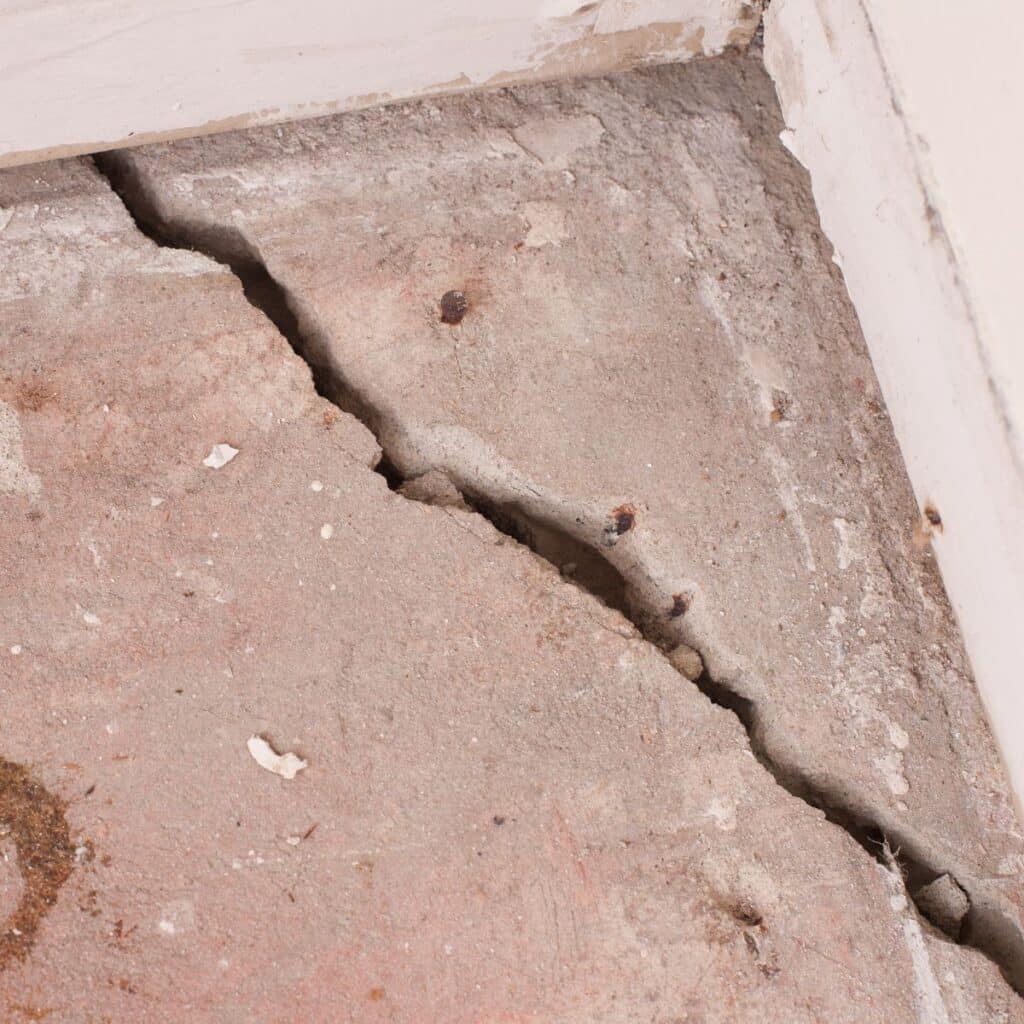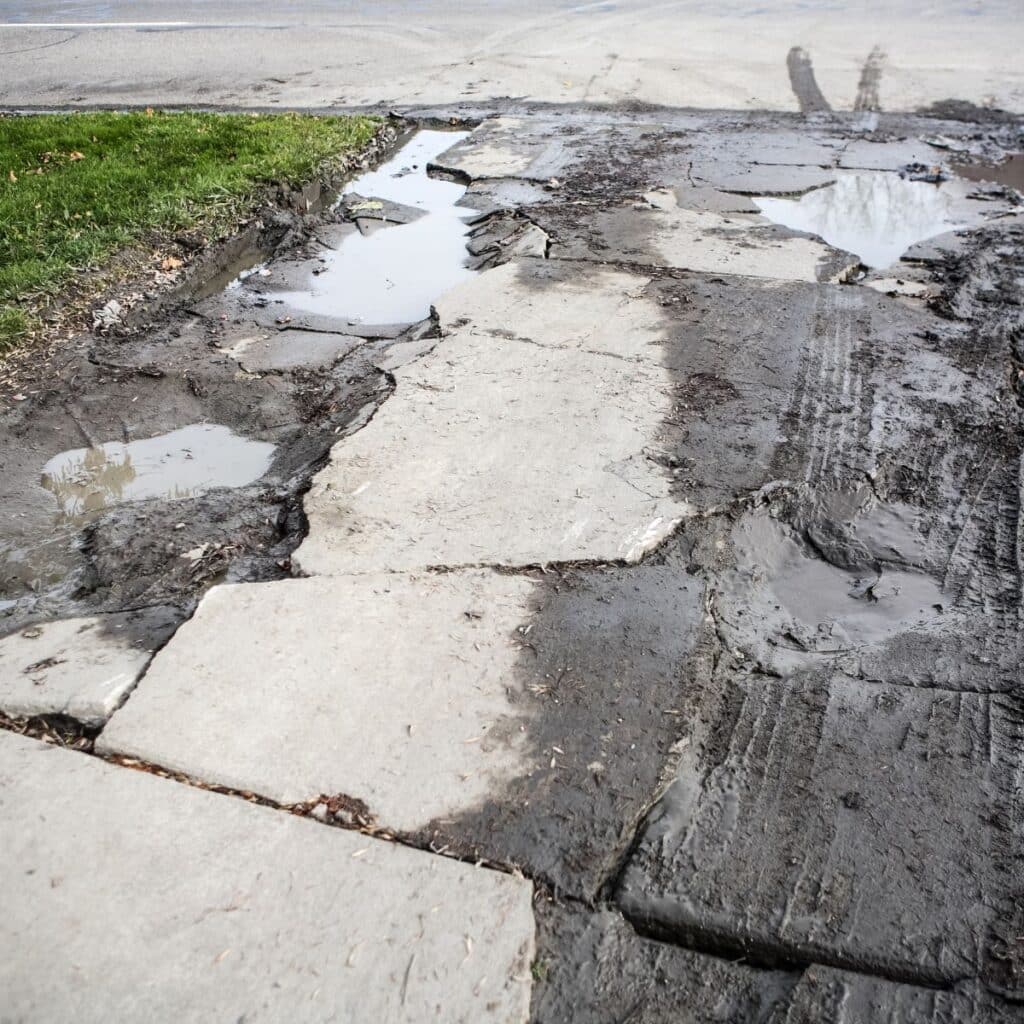How Much Does It Cost To Repair Or Improve Concrete?
Cracked driveways, sunken patios and weather-worn walkways don’t just affect your home’s curb appeal — they can create safety hazards and reduce property value. Whether you’re looking to repair, refresh or protect your concrete surfaces, understanding the costs can help you plan your next steps.
At G.L. Hunt Foundation Repair, we specialize in restoring and protecting concrete hardscaping across Texas. Below, we break down average costs for services like concrete driveway repair, concrete caulking and concrete lifting.
Average Costs For Concrete Services In Texas
Here’s a general overview of typical costs for outdoor concrete services in Texas:
Service Type Average Cost Range
| Concrete Lifting | $12 – $15 per square foot |
| Foam Concrete Caulking | $300 – $750+ per project |
| Concrete Driveway Repair | New Pour: $8,000 – $11,000+ Removal & Replacement: $10,000 – $15,000+ |
| Concrete Pad Repair (Outdoor) | $1,000 – $2,500+ |
| Concrete Walkway Repair | $500 – $1,800+ |
Note: These ranges are based on Texas market averages. Actual costs depend on site conditions, square footage and damage severity.
What Affects The Cost Of Concrete Repairs?
1. Size Of Void Under Concrete
By far, the number one factor that will affect the cost of your concrete lifting repair is the size of the void under the concrete that needs to be filled. The larger the space, the more material it takes to fill and level the concrete on top. Unexpectedly large voids can increase the cost midway through the project as well.
2. Square Footage & Access
Larger driveways or patios will naturally cost more overall, but may offer lower per-foot rates. Areas with limited access may require extra equipment or labor.

3. Damage Type
Sunken sections, wide cracks or worn finishes each require different repair methods. More complex issues may increase costs.
4. Decorative Finishes
Stamped, stained or custom-finished concrete may need additional prep or specialized products to maintain the original look.
Concrete Services We Offer
Concrete Lifting With PolyLevel®
Uneven patios or sloping driveways don’t always need to be replaced. At G.L. Hunt, we use PolyLevel®, a modern polyurethane foam injection system that gently lifts sunken concrete back to its original position.
Unlike outdated mudjacking, PolyLevel is lightweight, non-invasive, fast-curing and built to last — making it the ideal solution for residential concrete hardscaping in Texas.
Cost Range: $12 – $15 per square foot
Concrete Caulking
Our caulking services use foam to seal joints and cracks in concrete surfaces, protecting them from water infiltration, erosion and shifting. This is a crucial step for homeowners looking to prevent further damage and extend the life of their hardscaping.
Cost Range: $300 – $750+ per project

Should You Repair Or Replace Outdoor Concrete?
If your concrete driveway or patio is still structurally intact but showing signs of settling, cracking or fading, repair is typically more cost-effective than replacement. Services like PolyLevel lifting, joint caulking and protective sealing can restore beauty and safety without the disruption of a full replacement.
Not sure what condition your concrete is in? G.L. Hunt offers free inspections and honest, pressure-free advice. We even offer concrete financing options to ensure your concrete is in top shape without breaking the bank!
Schedule A Free Concrete Estimate Today
We proudly serve homeowners throughout Texas with expert concrete services designed to last. Whether you’re preparing for a major refresh or simply need a few touch-ups, G.L. Hunt Foundation Repair is here to help.
Request your free estimate and find out how affordable high-quality concrete repair can be.






